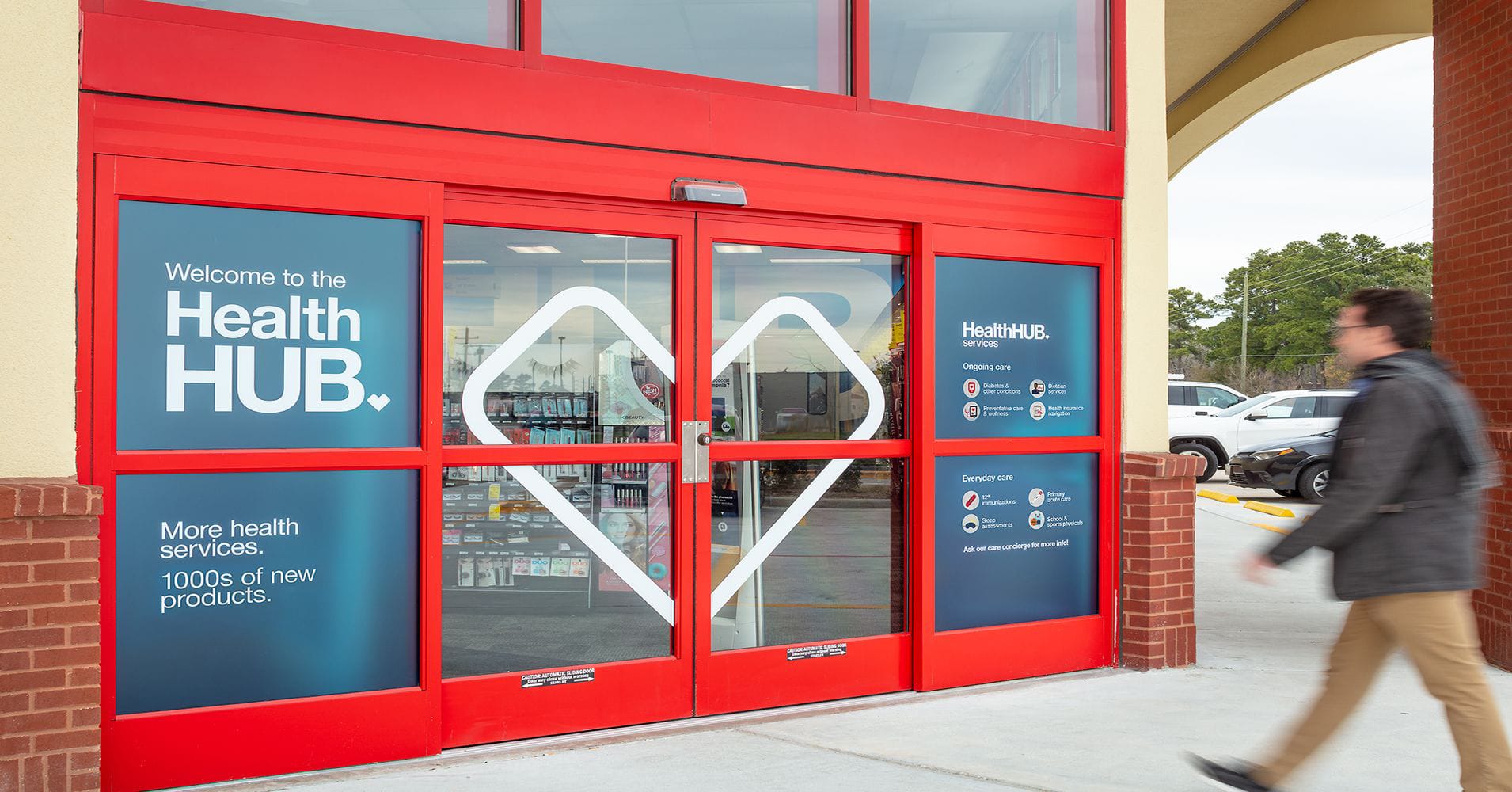Remarkable in and of itself, the history of CVS Health, which this year is celebrating its 60th anniversary, is a reflection of the evolution of chain pharmacy. The transformation of the company — along with that of its largest competitors — has been profound, reaching the point at which it’s now fair to ask whether a new appellation for the work they do isn’t in order.

Consumer Value Stores debuted as a seller of health and beauty care products in 1963, with a single outlet in Lowell, Mass. Founded by brothers Stanley and Sidney Goldstein and Ralph Hoagland, the company quickly established a trajectory of steady growth and a year later changed its name to CVS.
An inflection point came in 1967, when the company opened its first prescription counter, at a store in Cranston, R.I. In retrospect, the move into pharmacy can be seen as the initial catalyst that, over the course of the next five and a half decades, would lead to the emergence of the largest health care company in the U.S., with significant holdings in pharmacy services, primary care and health insurance, as well as drug stores. Today CVS is the nation’s fourth-biggest business with annual revenue of $322.5 billion; only Walmart, Amazon and Apple generate higher sales.
A series of major acquisitions that would remake the company, converting it from a successful regional drug chain into the top pharmacy operator in the country, began in 1990, with the purchase of Alexandria, Va.-based Peoples Drugs. Over the next 15 years, CVS absorbed a string of other retailers, including Revco, Eckerd, Sav-On, Osco and Longs.
Two acquisitions outside the retail sector, in 2006 and 2007, were another decisive turning point — both for CVS and for chain pharmacy. Acting on the insight of then CEO Tom Ryan that by extending the continuum of care the company could produce better patient outcomes while fueling growth, CVS agreed to purchase MinuteClinic, a pioneer in store-based health clinics, and Caremark, a leading pharmacy benefits manager. From that point on, CVS has been engaged in a process of continual reinvention, altering its business model and, in the process, helping redefine community-based health care.
Larry Merlo, Ryan’s successor as CEO, built on that legacy. A decade after the Caremark deal, he moved to acquire Aetna, further extending CVS’ reach in health care. The transaction provided new avenues for the company to coordinate the delivery of patient care in an effort enhance access, improve outcomes and reduce overall costs.
More recently, Karen Lynch, who came to CVS as a result of the Aetna deal and was named CEO in 2021, further enhanced the company’s capabilities with a pair of major acquisitions — Signify Health, which specializes in provider enablement and bringing health care into people’s homes, and Oak Street Health, a primary care provider focused on older adults. The addition of Oak Street and Signify to CVS’ holdings is another logical step in the evolution of the company.
“These acquisitions significantly advance our value-based strategy by adding primary care, home-based care and provider enablement capabilities to our platform,” Lynch said during a recent conference call with financial analysts. “They also bring cutting-edge technology and talent that will accelerate innovation in areas such as automation, analytics and technology-enabled data-driven product development. …
“The combination of Signify, Oak Street Health and CVS Health creates a value-based, person-centered care platform propelled by the powerful connection between our unique capabilities and assets. This will enable us to drive better patient experience and health outcomes, while delivering on our long-term financial goals.”
The course that CVS Health charted during the past six decades mirrors the path of the industry where it has its roots. Now more than ever — particularly in light of the pandemic, when retail pharmacies administered more than 300 million doses of COVID vaccine and millions more diagnostic tests — leaders in the sector are convinced that they can and should do more to promote the health and well-being of individual patients and the community as a whole.
CVS has staked out a position in the vanguard of that movement and can be counted on to continue to raise the bar. The company’s efforts, along with those of its chief rivals, should ultimately result in new and better ways for Americans to access quality health care.









